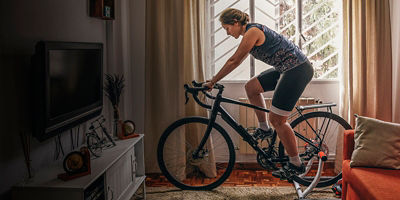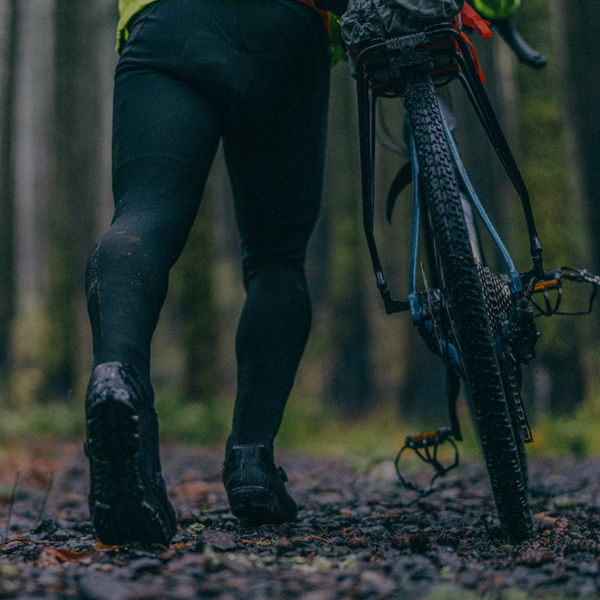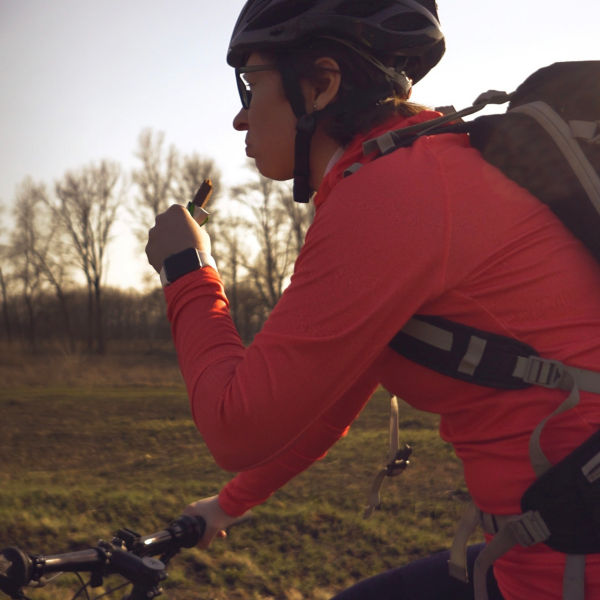
No one wants to walk their bike home with a flat tire, a seat post that won’t stay up, or a set of loose handlebars. Minor mechanical breakdowns can become major inconveniences. That’s why having the tools to fix problems with your bike on your bike, is key to keeping you on your rides. Stay the course by knowing how to pack the right repair kit.
First, Ask Yourself These Questions:
How long is my ride?
If you’re extending far from home, your distance from family, friends, and a quick walk home greatly changes what you’ll need on your bike. (And if you’re deep on a path or trail that’s inaccessible from cars, make sure you let a contact know where you’re headed in the event of a major breakdown.)
Am I near a bike shop?
Knowing your nearest bike shop can also help solve big problems that you might not want to tackle on your own, and help you restock on supplies like tubes mid-ride.
How much room do I have to carry stuff?
Knowing how much space you have to carry gear will help you decide what is a must-have item and what is a leave-behind hope that you won’t need.
The Modern Repair Kit
If you are not a handy person, hate getting your hands dirty, or just don’t want to be bothered changing a flat on the side of the road, consider the modern repair kit:
- A charged cell phone with service
- A photo ID
- A credit card
- $20 bill
If you know your ride is in an area with service and your friends are free, you can always call someone when the going gets tough. These are also essentials to bring on your ride even if you bring more tools. You never know when you’ll need to call to see if a bike shop has a spare tire, pay for a bottle of water on the ride, or fold up that $20 bill and lay it in your tire to cover a gash.
The Basic Kit For Every Ride
To fix common problems on rides around town or for a few hours in the afternoon, these tools will serve most riders well.
Spare Tube or Patch Kit
For a puncture on the road—one of riding’s most common mechanical failures—you’ll need to replace the tube or patch it. People like replacing for speed and efficiency, but patch kits are lighter and will save you money over time.
Pump or CO2
Either is necessary once you get that new tube in. Pumps can be used over and over again, but CO2 is lighter, even if it is one-time use. Be sure your cartridge is big enough to fill your tire should you go down this route, and practice using it and the adapter at home so you know what you’re doing when the time comes.
Tire Levers
These lightweight and helpful tools make it easy to pull your tire off the rim when your tube goes flat.
Bike Multi-Tool
The right tool can help you fix most problems like loose handlebars, a crooked seat, or imperfect pedal position. Look for one with a variety of Allen wrench sizes, screwdrivers, open wrenches, a blade to cut anything that might be dragging, plus potentially a chain tool to take apart and put chain links back together.














